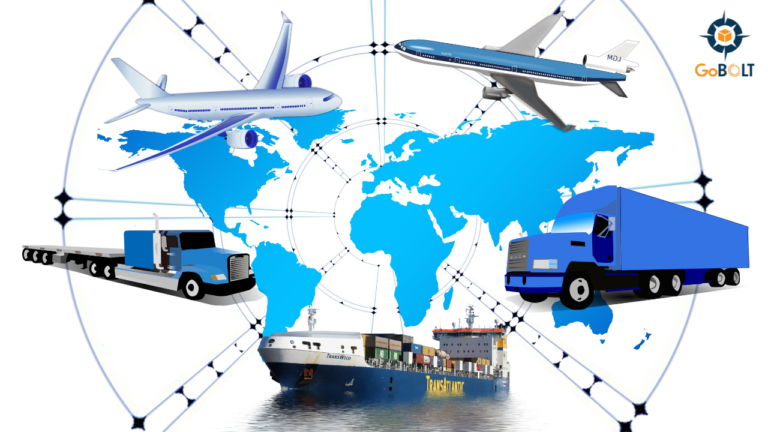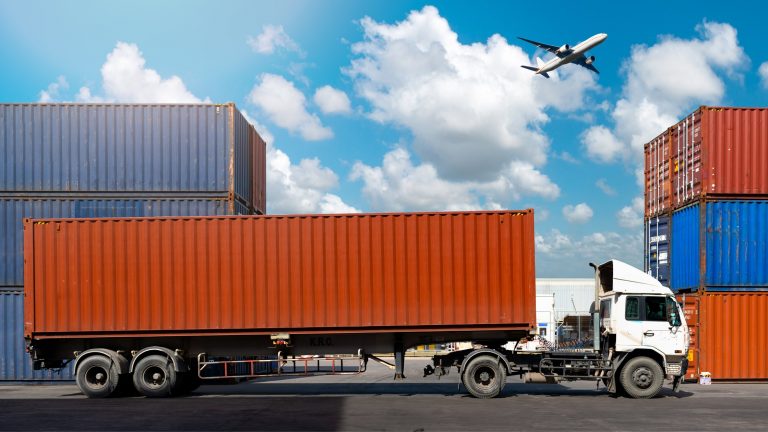Today, the supply chain is the lifeline for businesses, and seamless supply chain management brings profitability. After surviving the Covid-19 pandemic, the world economy is acquiring the momentum of the pre-pandemic situation. Companies have ramped up their production to meet the rising consumer demand. In such a scenario, SCM management has a crucial role in reviving the global economy.
In the era of automation, you will find that many large-scale businesses have taken the initiative to automate their supply chain management process. Small businesses are also getting accustomed to such technological changes. As a result, they also seek powerful SCM automation tools to streamline the supply chain. In the following section, find the top supply chain management industry trends in the coming days.
1. Technological Support for the Drivers
Drivers play a key role in logistics management, and thus supply chain management should pay attention to providing technical assistance to them. The weather has a significant role in the transportation industry, and thus drivers need devices or applications that predict weather conditions for the next 7-15 days.
Drivers also need powerful GPS-tracking devices that tell them possible roadblocks ahead. There could be multiple routes to reach the destination, and the GPS tool should efficiently find the shortest route for the driver. A good communicative application is also essential for the truck drivers to stay in touch with the consignor or consignee.
Providing technical assistance to the drivers will make their jobs easier. The process will help in logistics cost reduction by optimizing transportation time.
2. Supply Chain Localization
With the advent of time, supply chain localization has also become a crucial trend. Most ecommerce stores want to deliver products faster to their customers to improve buyers’ experience. On the other hand, buyers also want same-day and on-demand delivery services from the sellers.
Supply chain localization is the solution in such conditions. In other words, sellers should invest in developing inventories in multiple areas. Instead of a single large inventory, the sellers should have multiple small inventories in a city or town. Multiple inventories in different places of a town will help the sellers fulfill the orders quicker.
3. Cloud-Based Data Storage for Logistics
Cloud-based data storage is the first step toward logistics automation. Storing the supply chain data in a secured place is essential. Otherwise, you may lose data, which will lead to financial losses for the companies.
Cloud data storage also ensures that you have access to the data from anywhere, and thus many departments can access the data and track the supply chain easily. For example, the customer care service executive can access supply chain data to provide a real-time update on order fulfillment to the customers.
4. AI-integrated Applications
Supply chain management will be simpler with the implementation of AI-integrated applications. You need to use artificial intelligence to automate logistics. Automating several supply chain management tasks will help your business grow quickly. Nevertheless, it reduces the involvement of humans in supply chain management. Therefore, the company can reduce expenses on recruiting multiple staff to manage the supply chain.
An AI-integrated system also helps companies to optimize supply chain management. Humans make mistakes in decision-making due to many reasons. But, the AI-integrated system can optimize decision-making by studying data trends. Moreover, an automated SCM system will provide graphs, charts, analytics, and insights to make your decisions more accurate.
5. Focusing on the Return Supply Chain
Most businesses invest in end-to-end logistics nowadays, as they want to render product return facilities to the buyers. Most ecommerce businesses offer return facilities to buyers, and providing such facilities can prove costly to the retailers. The retailer has to pay double the transportation charge for such products.
Supply chain localization has reduced the cost of the return supply chain. At the same time, businesses must use automated supply chain management systems to reduce the cost of overall transportation of the products.




